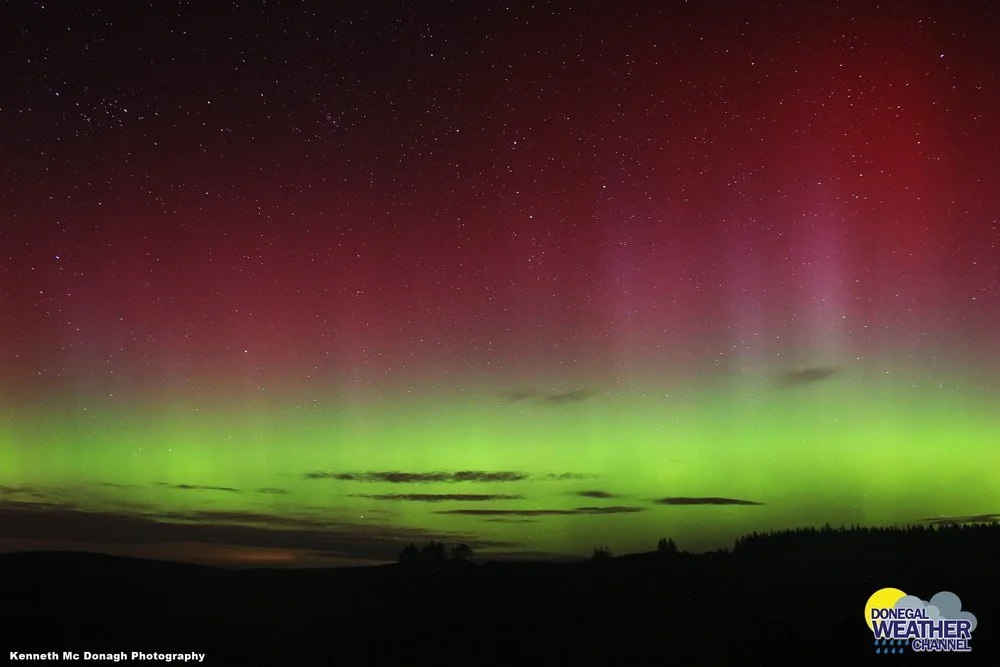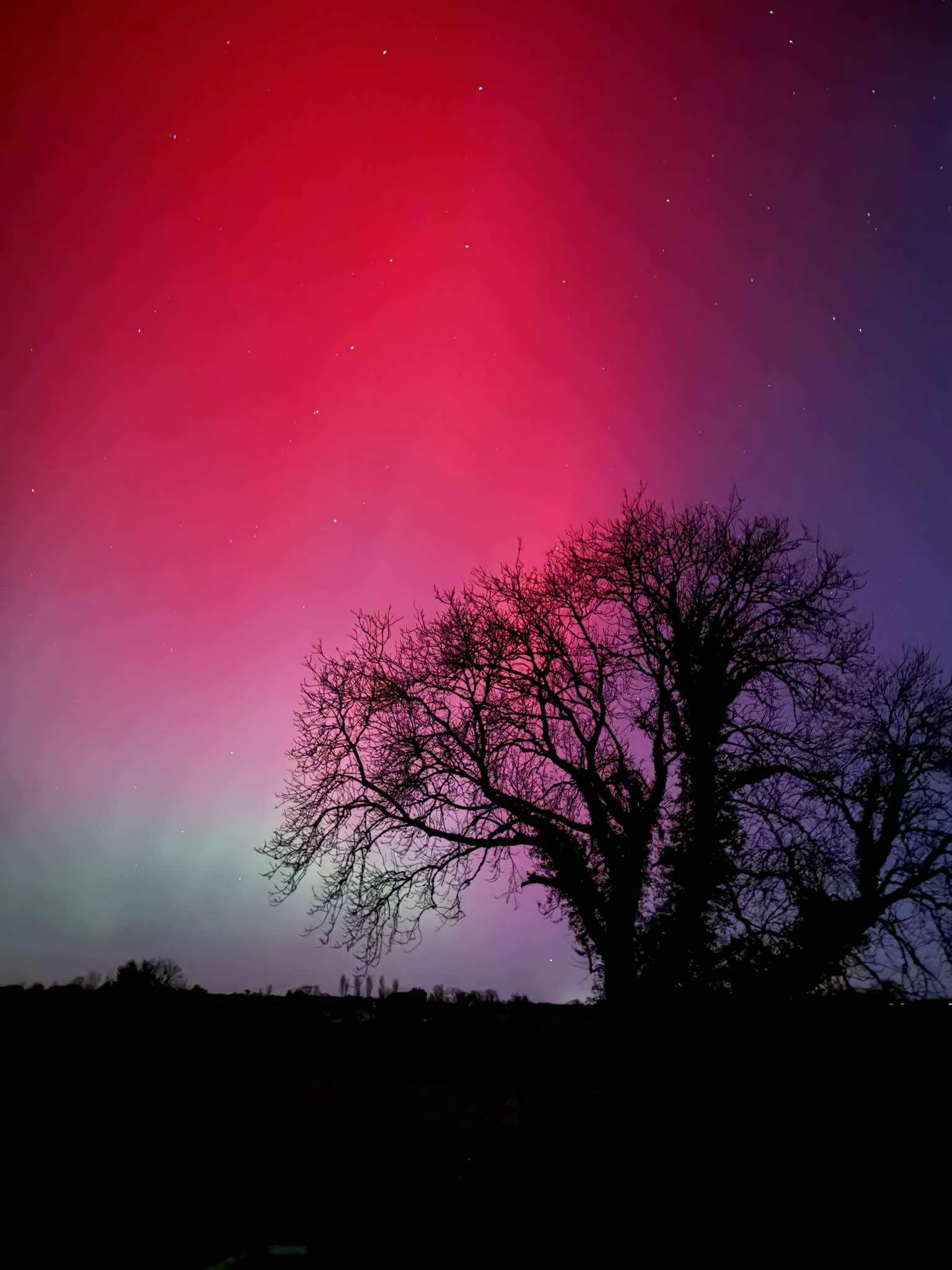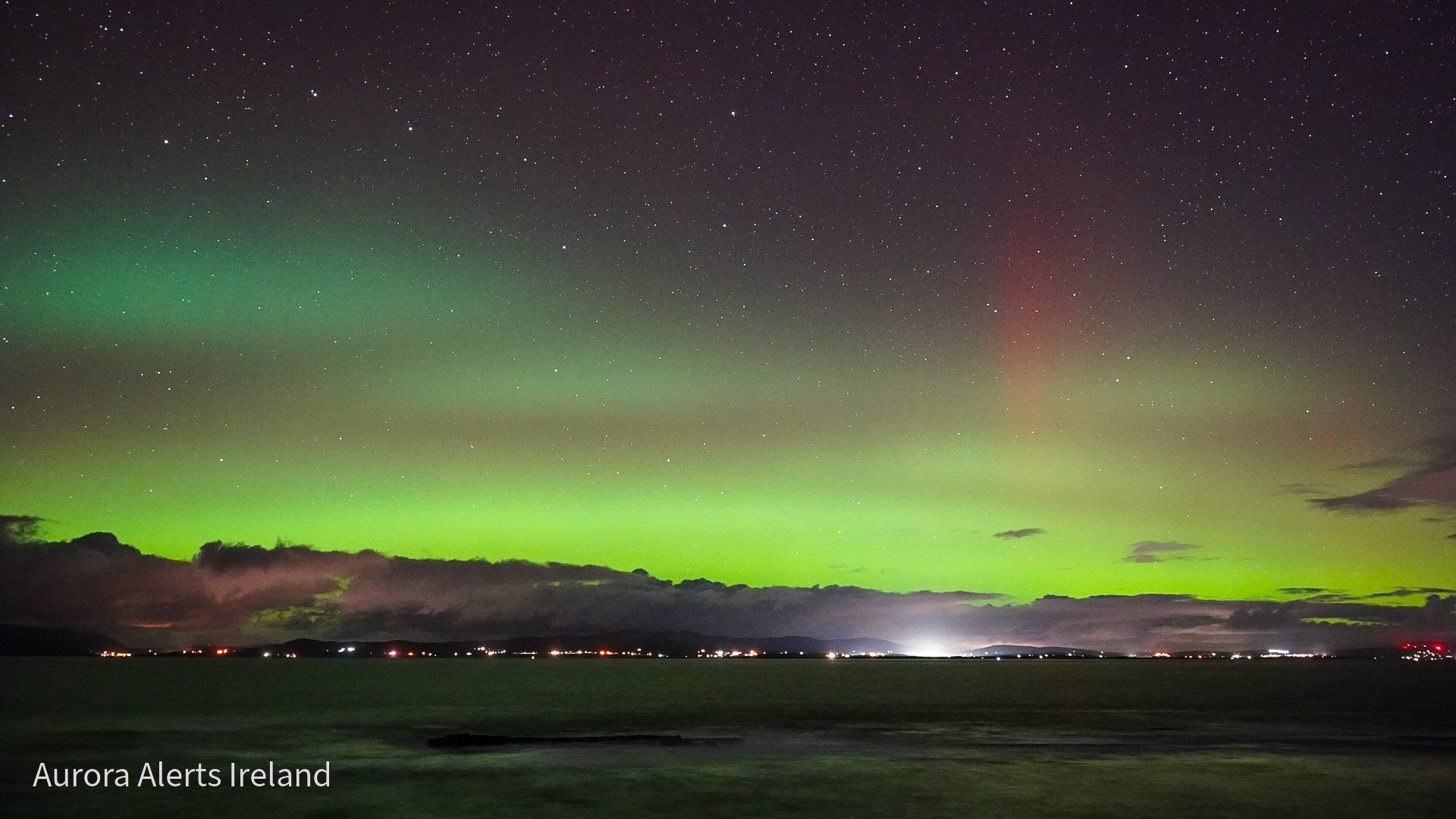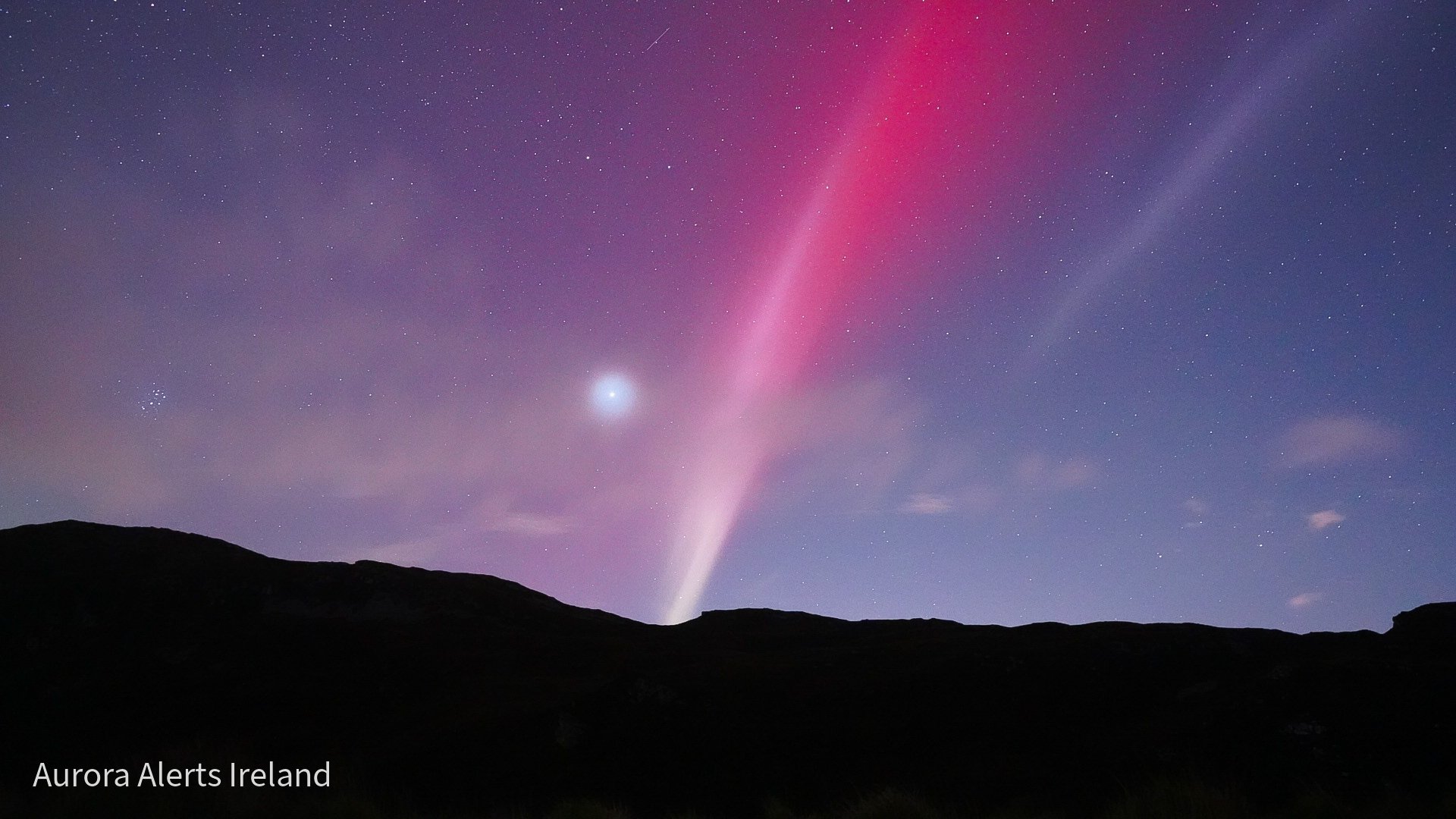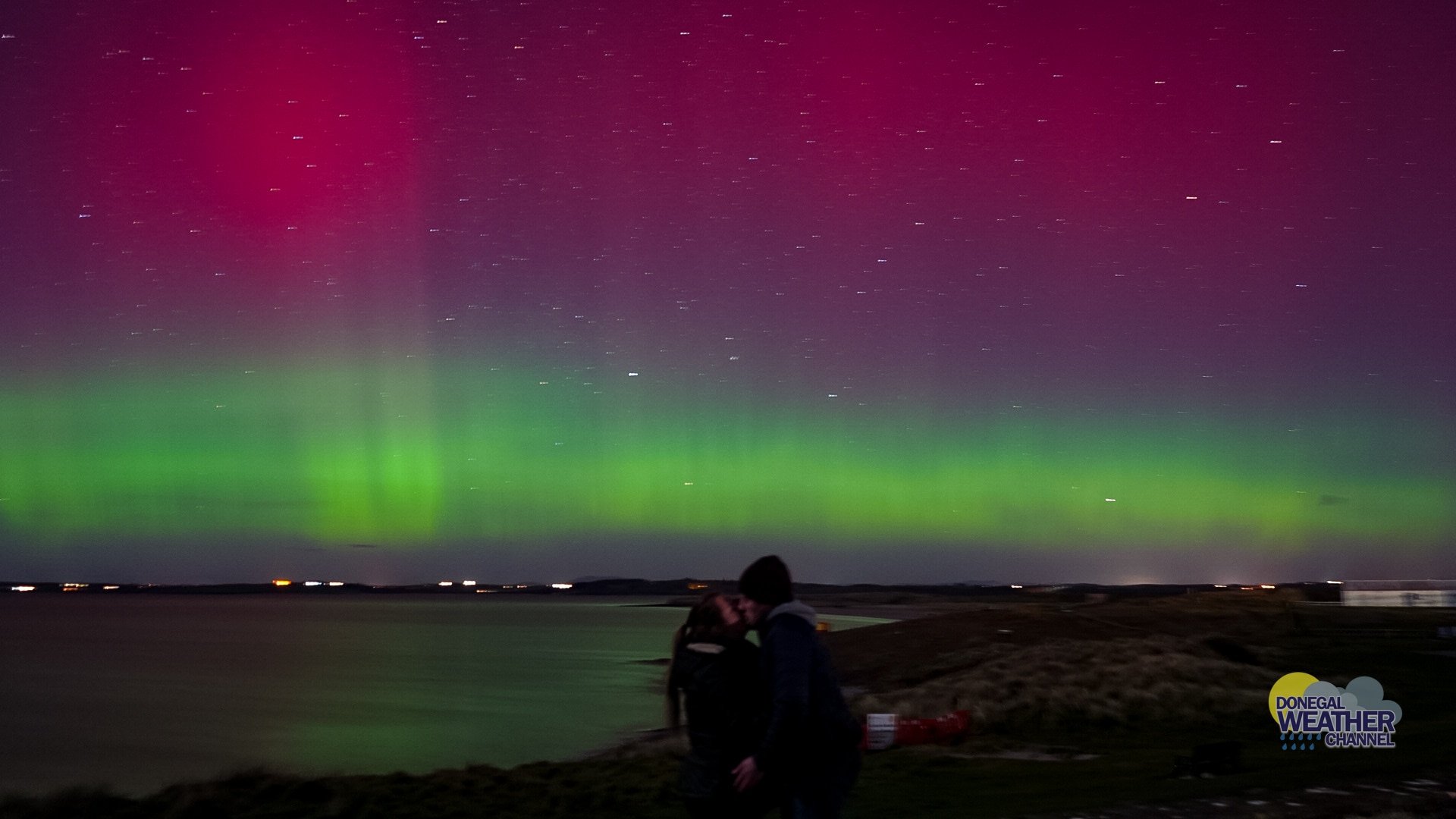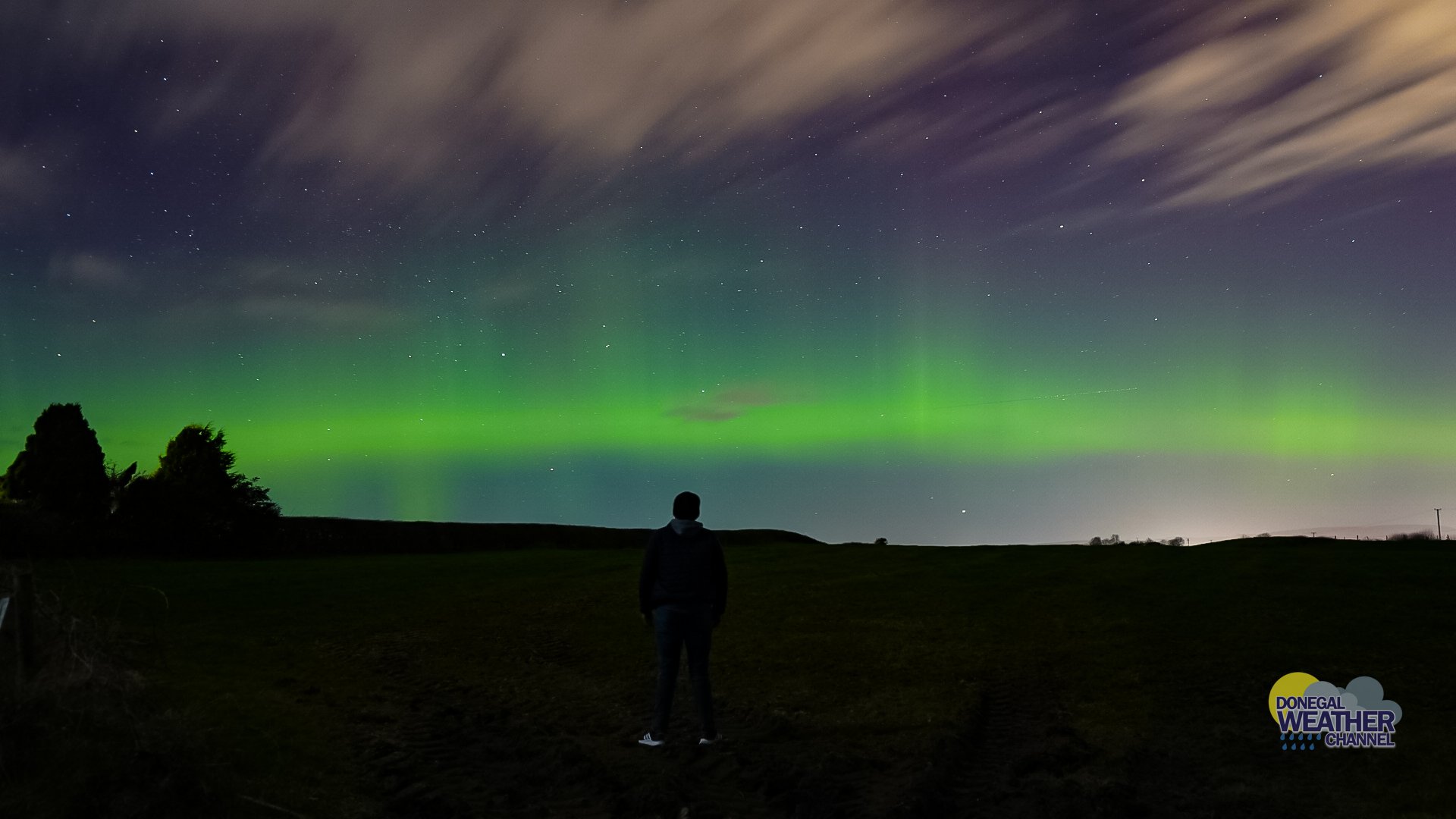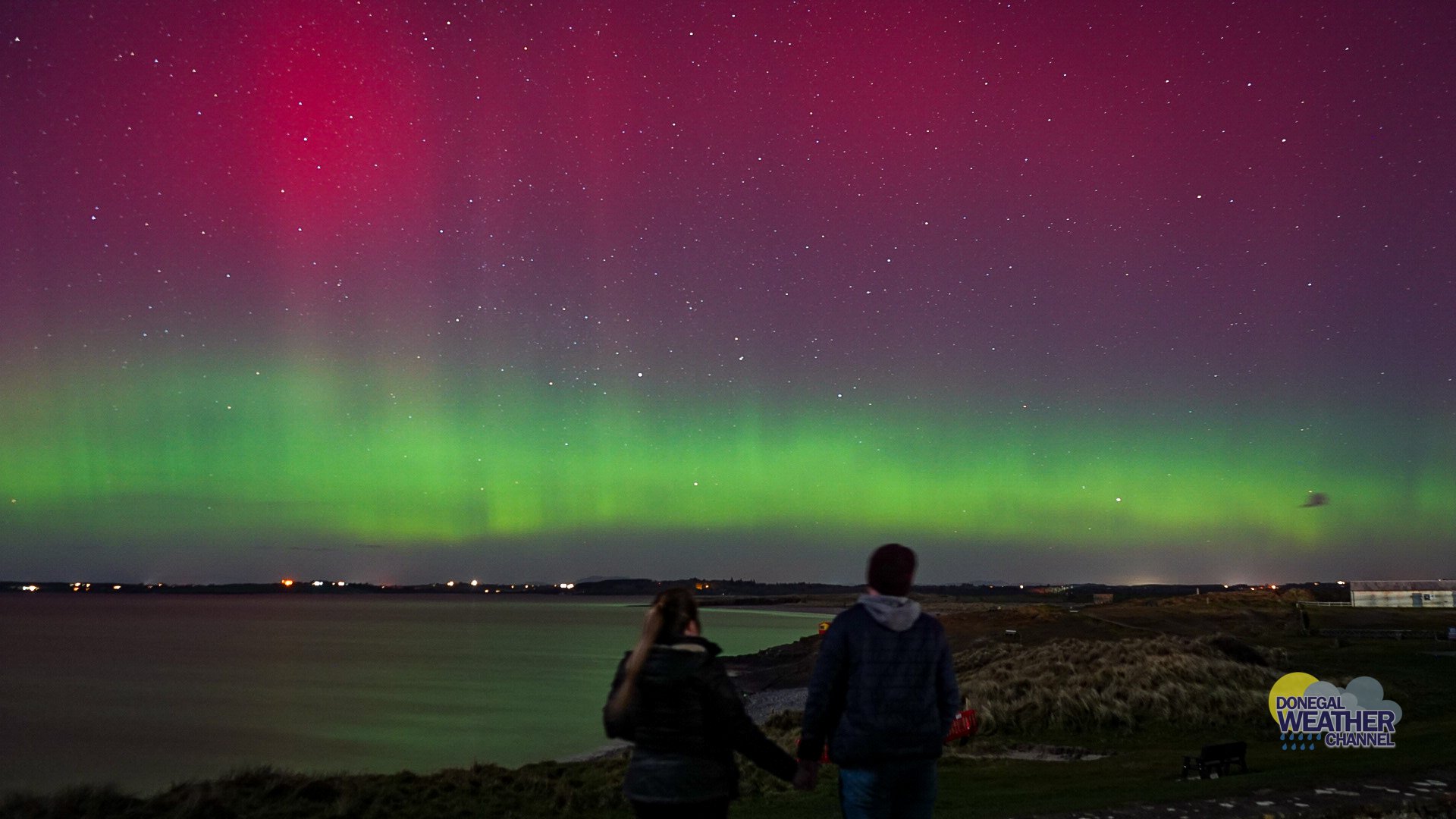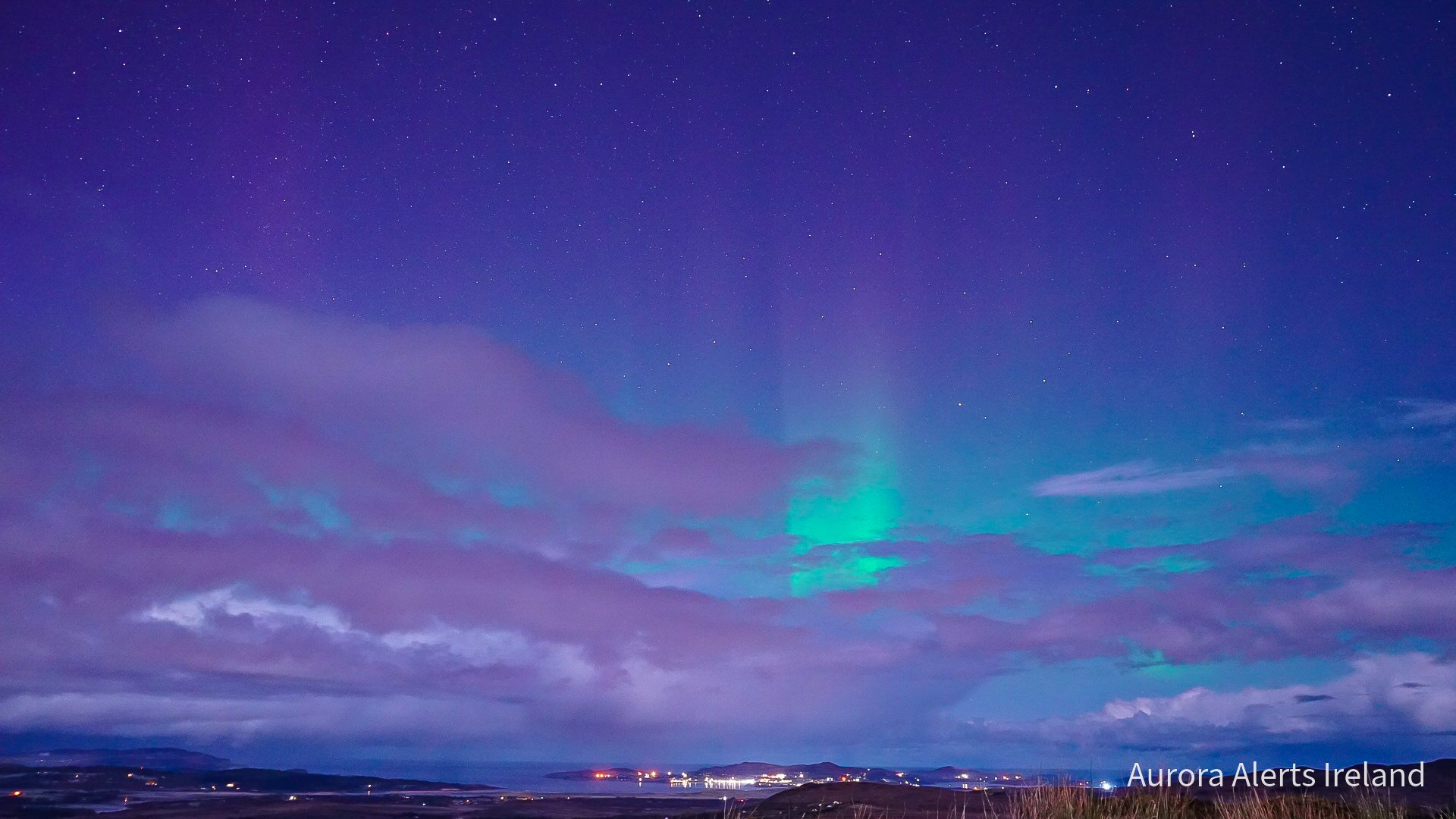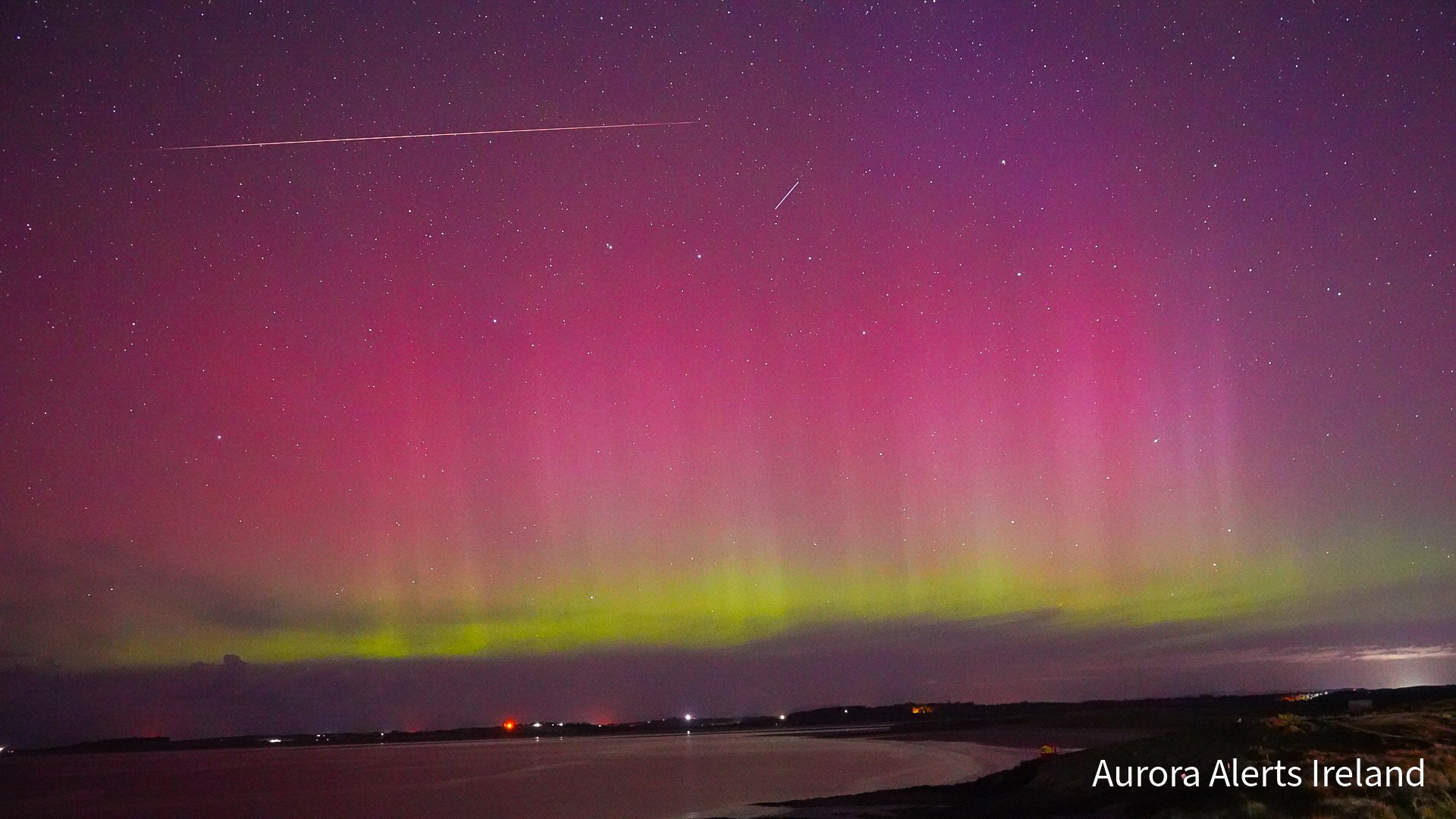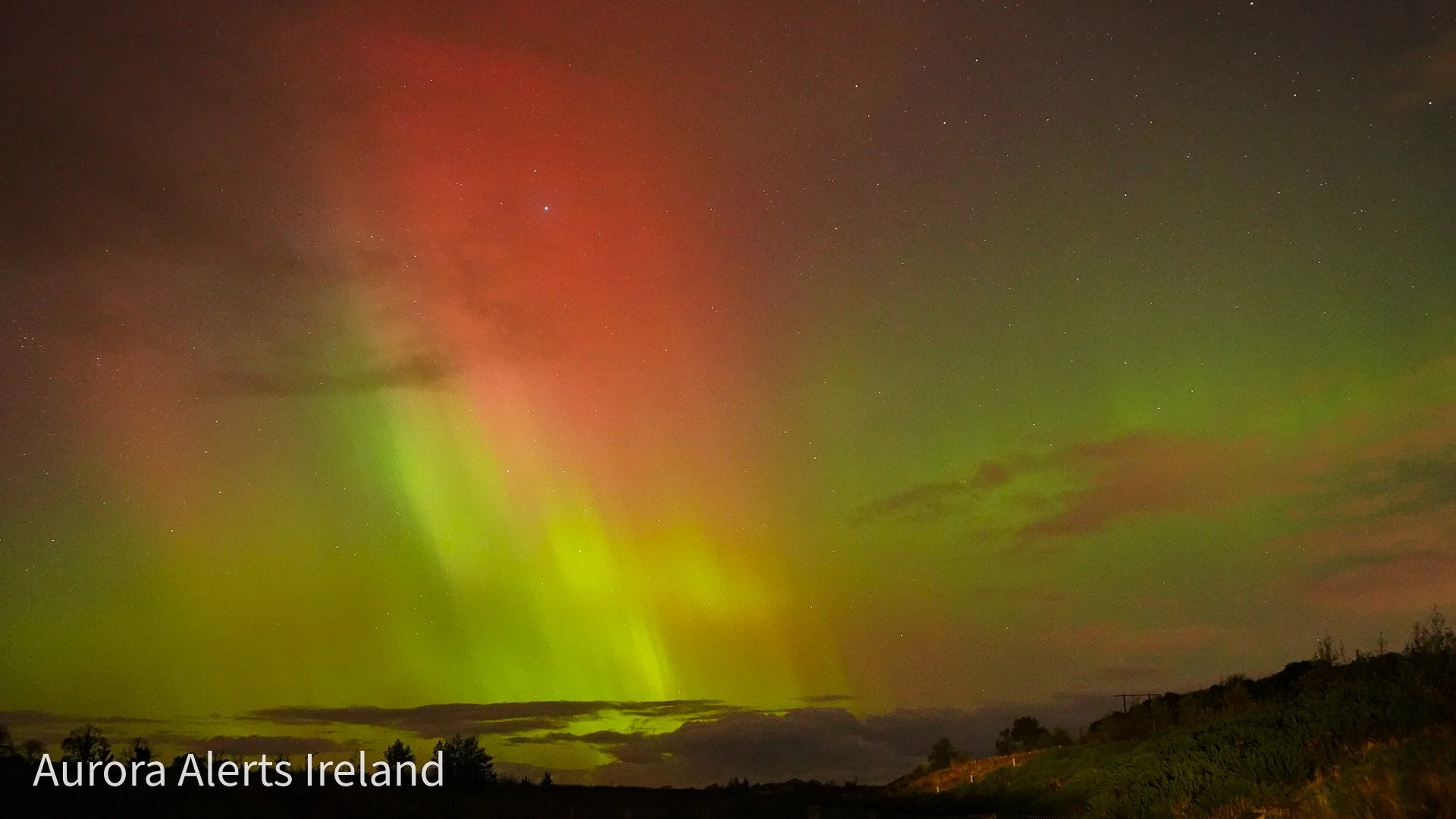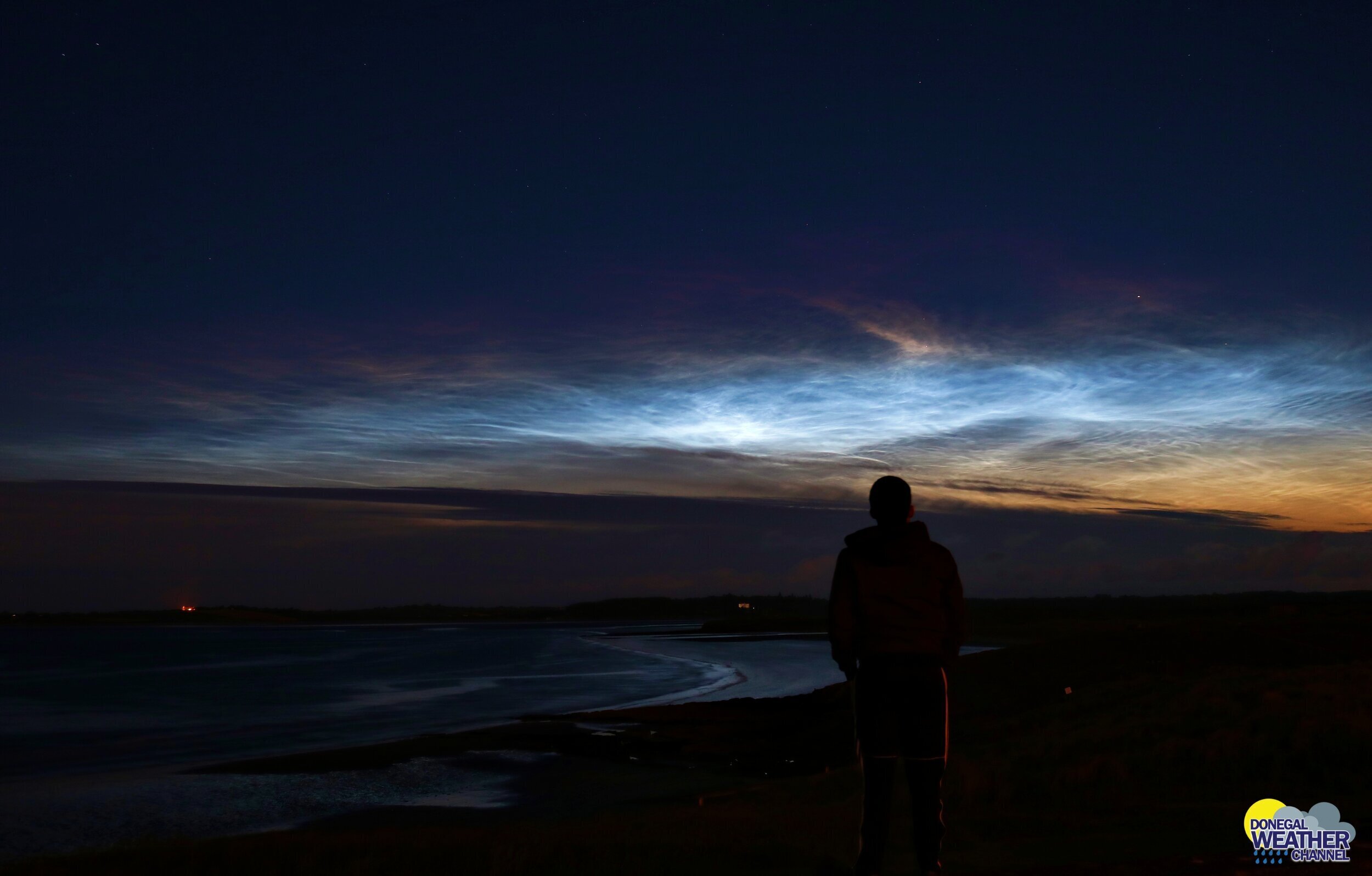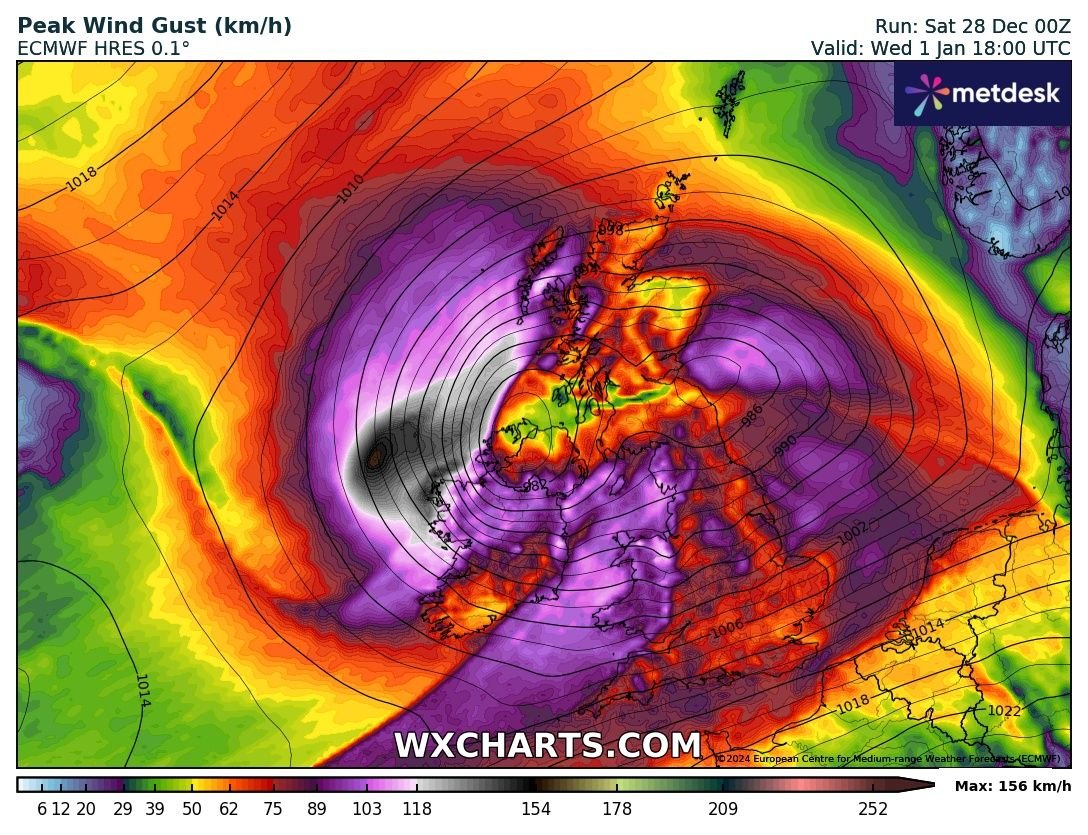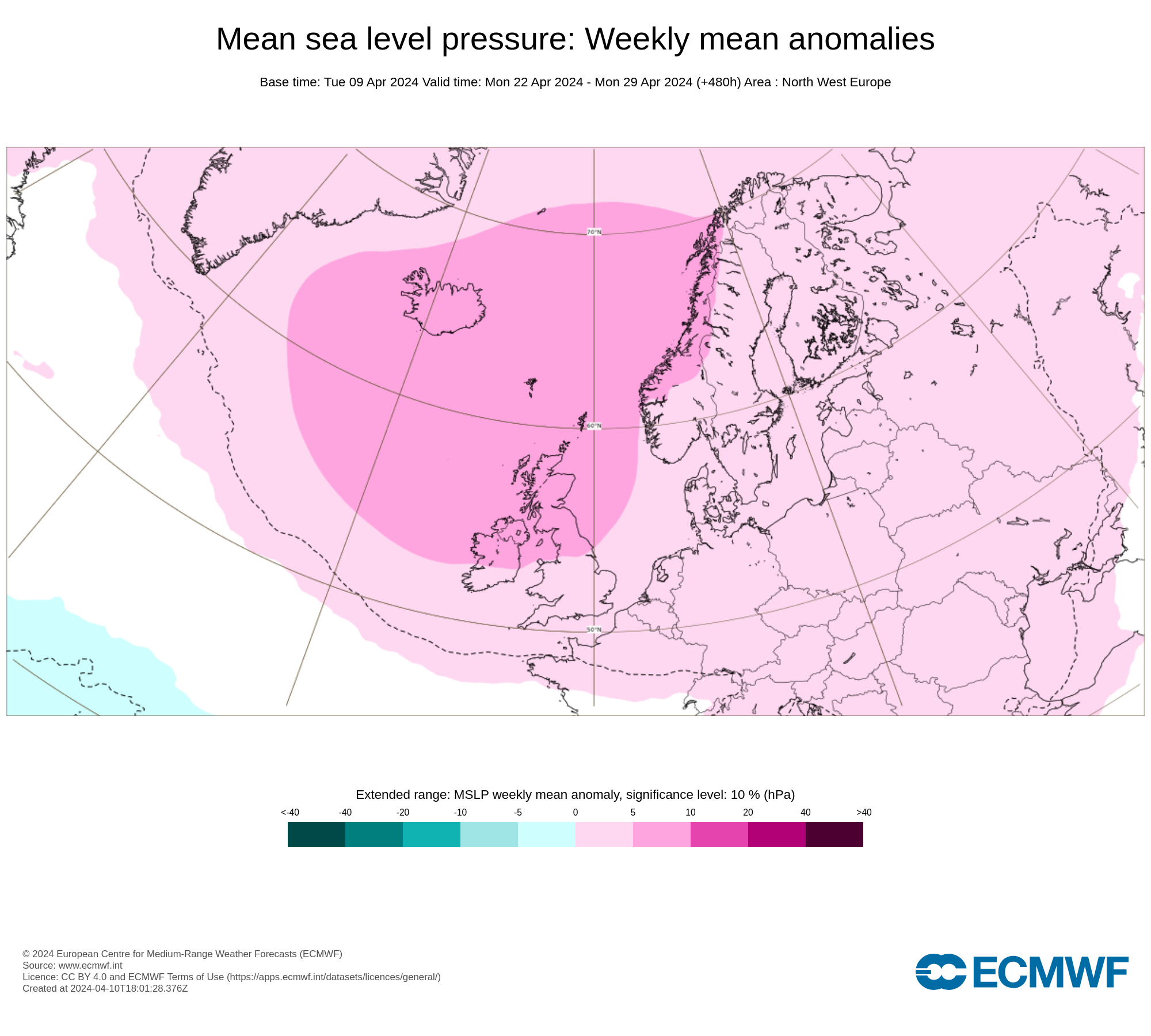live commentary updates - Aurora & NOCTILUCENT CLOUDS UpDATEs
Updated 14th November 2025
10:31hrs
The Sun has again this morning has just produced another major X flare. The flare measured X4.0 in size at 7:30am Irish time. The Sunspot is not longer directly facing earth but it does look like there could be a westerly directed CME so a Partial earth directed CME is possible that could lead to further northern lights displays this weekend.
Stay turned for further updates when more data becomes available on any potential aurora warnings.
You can support our page by buying a coffee on the below link ☕ buymeacoffee.com/donegalweatherchannel
live -CURRENT AURORAL OVAL FORECAST
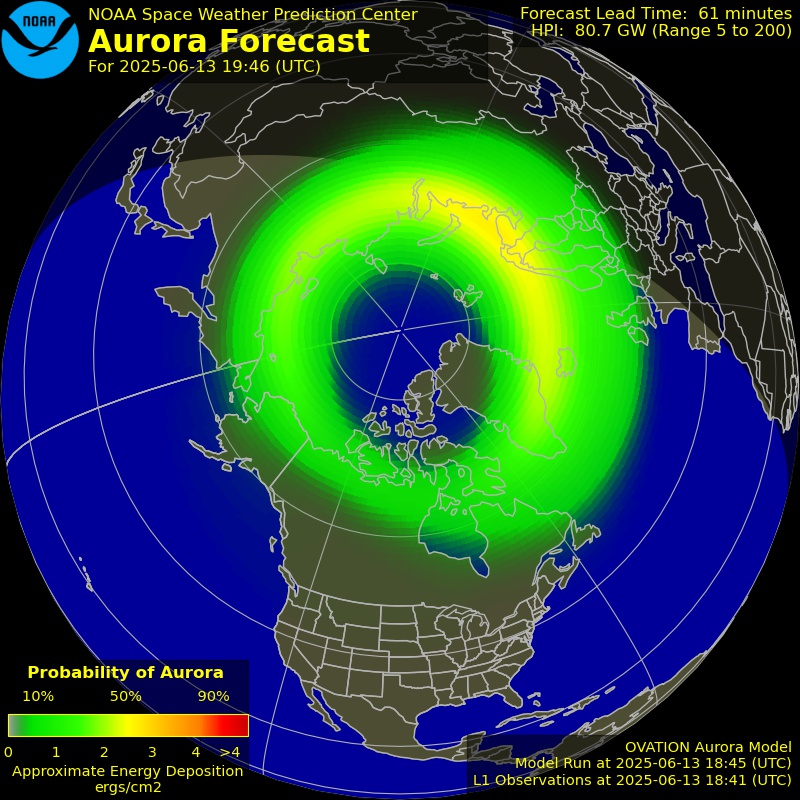
LATEST CLOUD COVER- IRELAND
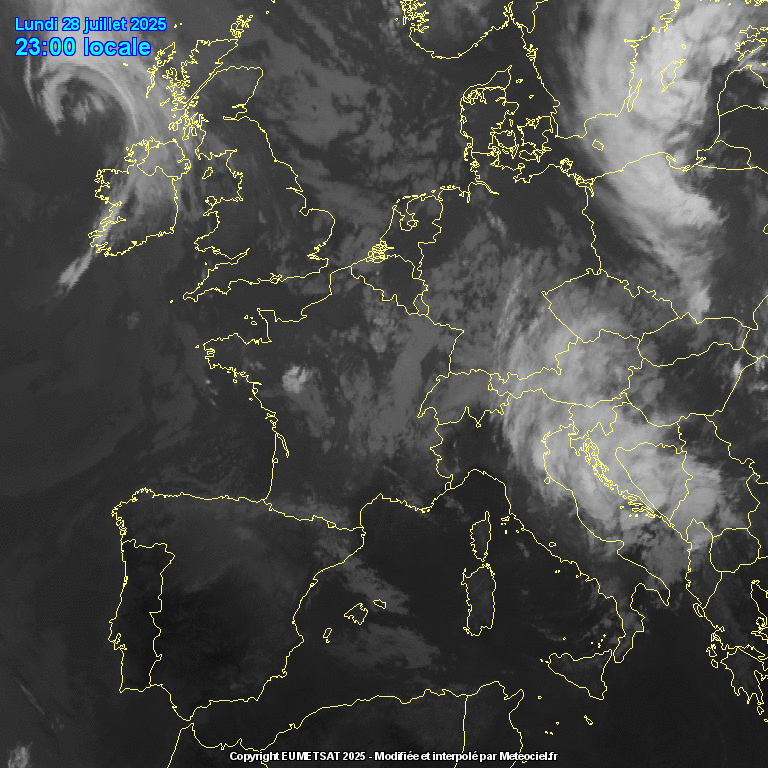
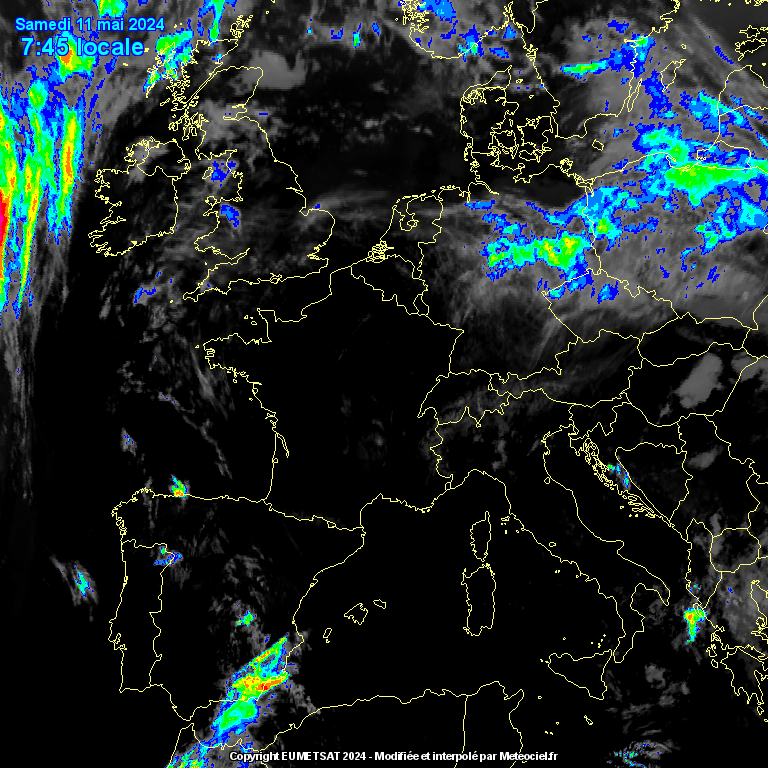
Latest Rainfall Radar
live - Noctilucent Clouds daisy image
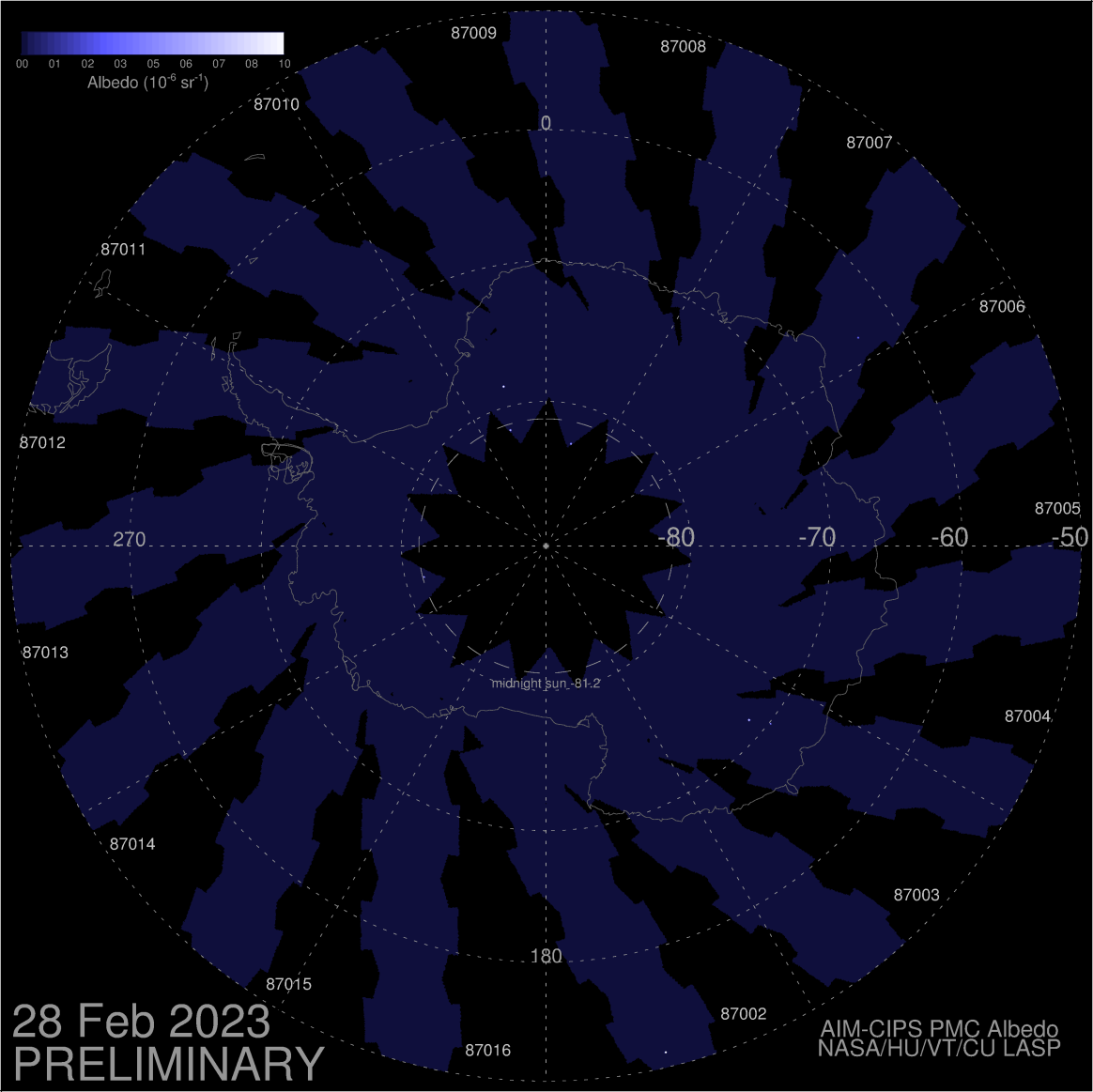
What Noctilucent clouds look like
Noctilucent cloud season starts late May and ends during the month of August always look northwards
Observing noctilucent clouds is easy and, best of all, completely free. You don’t need any expensive telescopes, binoculars or cameras. Just a pair of eyes will be fine.
Having said that, a pair of binoculars will allow you to see fascinating detail and structure within an NLC display that is invisible to the naked eye.
You don’t need to be under a pitch black sky to see them, as a good display will be so bright that it will be visible from your back garden or even your bedroom window, as long as you’re facing north.
Noctilucent clouds typically begin to show themselves around midnight, when the summer sky is as dark as it’s going to get.

